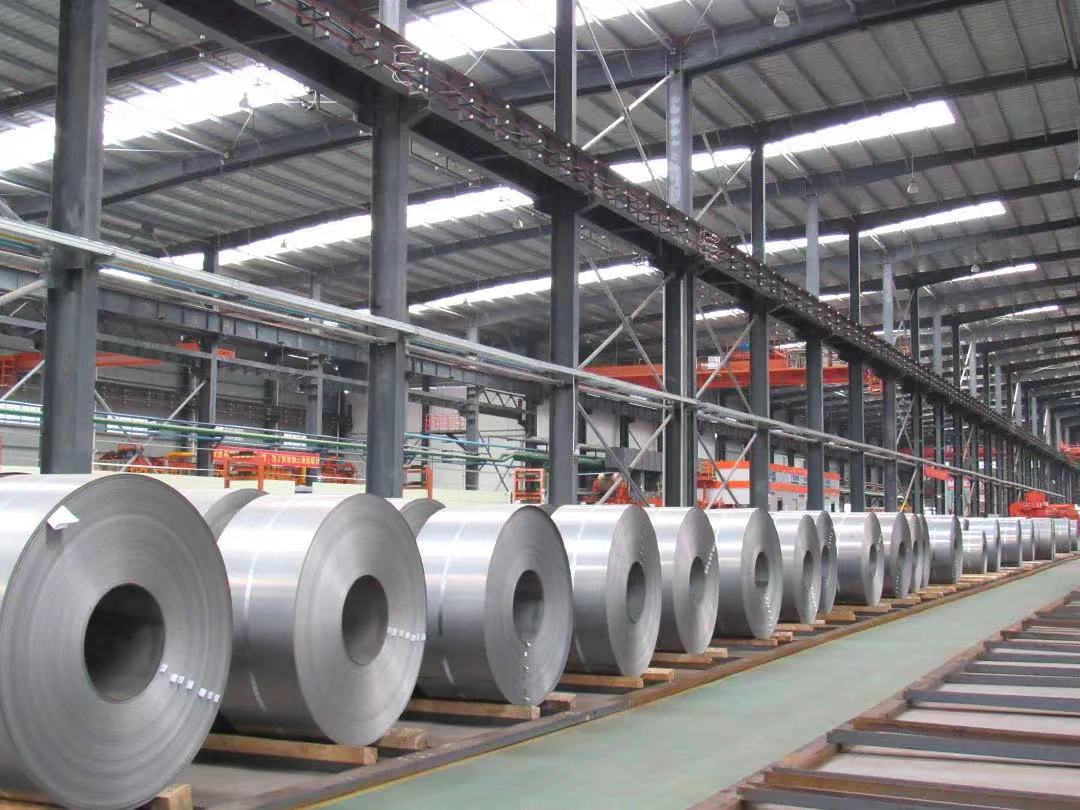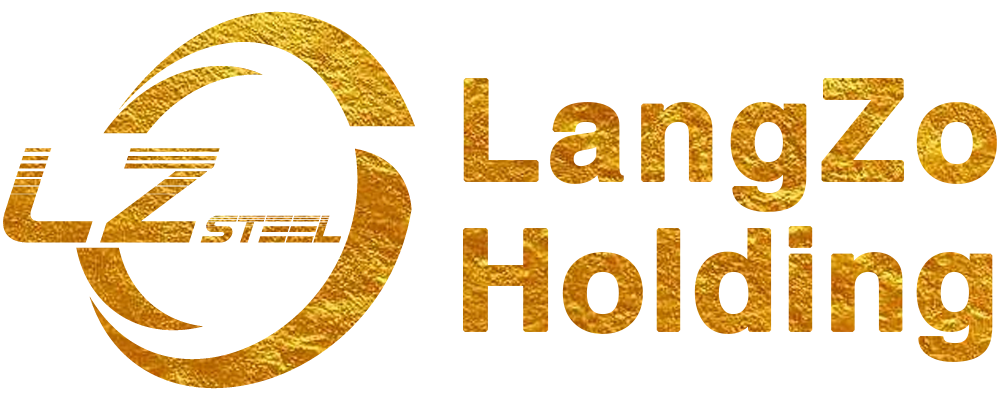
Cold regions present unique challenges for building materials due to extreme temperatures, snow, and strong winds. Aluzinc sheets, with their superior properties, have become a preferred choice for construction in these climates. Below are the key applications of Aluzinc sheets in cold regions.
1. Roofing Applications
Aluzinc sheets are an ideal material for roofing in cold regions. Their excellent corrosion resistance allows them to withstand the corrosive effects of snowmelt chemicals and high humidity, common in colder climates. During the freezing and thawing cycle, traditional metal sheets may rust and deteriorate quickly. In contrast, the aluminum-zinc alloy coating on Aluzinc sheets forms a protective layer, preventing moisture and air from reaching the base metal and extending the lifespan of the roof. Furthermore, Aluzinc sheets are strong yet flexible, making them capable of withstanding the thermal expansion and contraction caused by temperature fluctuations. In harsh winters, these sheets do not crack or deform, ensuring the roof remains intact and waterproof. This makes Aluzinc sheets a reliable choice for roofing in northern industrial warehouses, factories, and large commercial buildings.
2. Exterior Walls
Aluzinc sheets also play a crucial role in the exterior walls of buildings in cold regions. They can be fabricated into various shapes and sizes, offering both aesthetic appeal and excellent insulation properties. In cold climates, minimizing heat loss from buildings is essential, and when combined with insulation materials, Aluzinc sheets form composite wall systems that effectively prevent the transfer of indoor heat to the outside, reducing energy consumption. In addition to their insulation benefits, Aluzinc sheets are highly resistant to wind. They can endure the harsh, cold winds of winter without compromising the building’s structural integrity or aesthetic appeal. Aluzinc sheets are widely used in the exterior walls and insulation of residential buildings, office buildings, and other structures in cold regions.
3. Agricultural Facilities
In agricultural construction, Aluzinc sheets have proven to be highly effective in cold regions, particularly in greenhouses and livestock shelters. Their outstanding weather resistance allows them to withstand long periods of low temperatures, UV radiation, and wind and snow damage. As a structural material, Aluzinc sheets provide strong support for greenhouses and animal shelters, ensuring stability even under heavy snow. As a covering material, Aluzinc sheets reflect some solar radiation, helping to raise the temperature inside the greenhouse during the winter day, promoting crop growth or providing warmth for livestock. At night, Aluzinc helps to reduce heat loss, creating an optimal environment for agriculture and animal husbandry.
4. Infrastructure Construction
Aluzinc sheets also have significant applications in infrastructure projects in cold regions. For instance, they are used in bridge guardrails and highway sound barriers. Bridges in cold regions are exposed to both ice-melting salts and freeze-thaw cycles, which can cause corrosion and deterioration over time. Aluzinc-coated guardrails are able to maintain their appearance and structural integrity, even under these harsh conditions, reducing maintenance costs. Aluzinc sheets are also utilized in highway sound barriers, where they help block traffic noise while also withstanding the damaging effects of snow and cold winds. Over time, they maintain their soundproofing capabilities and aesthetic appeal, making them an effective choice for cold region infrastructure.
5. Considerations for Installation in Cold Climates
While Aluzinc sheets offer excellent performance in cold regions, there are several factors to consider during installation. Temperature fluctuations can impact the precision of sheet installation, so it is important to leave adequate space for expansion and contraction. When selecting auxiliary materials such as sealants and connectors, it’s crucial to choose those designed for cold climates to ensure the overall stability and performance of the system. Careful consideration of these factors will ensure the longevity and effectiveness of Aluzinc sheet applications in cold regions.
Conclusion
Aluzinc sheets are a highly versatile and reliable material for use in cold regions, offering excellent corrosion resistance, insulation properties, and strength under extreme weather conditions. From roofing and exterior walls to agricultural facilities and infrastructure, their application helps improve the durability, energy efficiency, and functionality of buildings in challenging climates. By carefully considering the specific needs of cold regions during installation and material selection, Aluzinc sheets can provide long-term, cost-effective solutions for construction projects.





